2024 Surface Trends Redefine Homes with Bold Elegance and Innovation
(NewsUSA) - With existing home inventory predicted to remain low in 2024, many home buyers are choosing to purchase new construction or instead electing to remodel their current home. Either option takes homeowners on a design journey with an array of endless selections and choices as they look to create a home that reflects their taste and lifestyle. Wilsonart has unveiled four new home surface trends that are sure to inspire and bring beauty and function to any new or existing space.
- With existing home inventory predicted to remain low in 2024, many home buyers are choosing to purchase new construction or instead electing to remodel their current home. Either option takes homeowners on a design journey with an array of endless selections and choices as they look to create a home that reflects their taste and lifestyle. Wilsonart has unveiled four new home surface trends that are sure to inspire and bring beauty and function to any new or existing space.
In the ever-evolving realm of design, the Light & Bright trend emerges as a captivating focal point, seizing the spotlight and celebrating the timeless allure of white tones. In the kitchen and bath, white continues to lead as the top choice for styling, and modern countertops are often sleek and slim. Wilsonart® Quartz and Wilsonart® Solid Surface offer an array of marble and natural stone looks that are perfect for achieving this look in modern backsplashes or countertops.
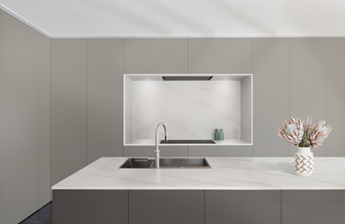
- Crafted Calm
Crafted Calm is a soft, warm, comforting interpretation of casual living and will be seen in homes that prioritize well-being and tranquility. Connecting with nature through design is an essential element of the Crafted Calm trend, and the wellness kitchen is at the center of that connection. Here, look to countertop designs that feature warming hues.
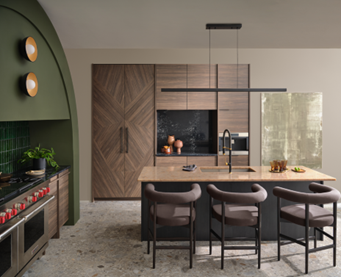
- Fresh Heritage
The new Fresh Heritage trend draws inspiration from the historic English countryside and features traditional woodgrain styling, neutral tones and polished rooms that feel lived-in and loved. It's a journey into the past with a contemporary twist. The LUJO® Collection from Wilsonart® Thermally Fused Laminate (TFL) offers a luxury matte Silken Wood finish that is a premium example of a surface that can add revolutionary texture to any home.
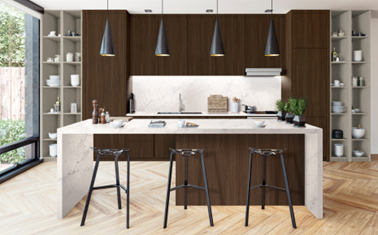
- Dark & Moody Luxe
The Dark & Moody Luxe trend invites us to turn down color and dial-up the intensity with dramatic color contrasts that convey a deep sense of luxury. Embracing the desire to 'escape at home,' this trend introduces exotic wood accent walls, bold open storage, and industrial surfaces. The Wetwall™ Waterproof Wall Panel System offers designs with dark veining and a bold appearance, perfectly suited for the trend.
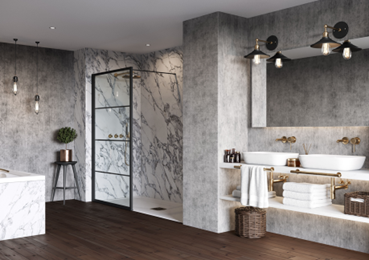
For those looking for kitchen and bath design inspiration to give their homes a fresh look for the new year, visit www.wilsonart.com.

 - They say blonds have more fun, but there are non-frivolous reasons for choosing pale or light-finish hardwoods for floors, cabinetry, paneling, and millwork in your home. “Many species of Real American Hardwood®—white oak, maple, birch, ash, poplar, beech, and sycamore among them—are naturally blond,” notes Linda Jovanovich of the
- They say blonds have more fun, but there are non-frivolous reasons for choosing pale or light-finish hardwoods for floors, cabinetry, paneling, and millwork in your home. “Many species of Real American Hardwood®—white oak, maple, birch, ash, poplar, beech, and sycamore among them—are naturally blond,” notes Linda Jovanovich of the 
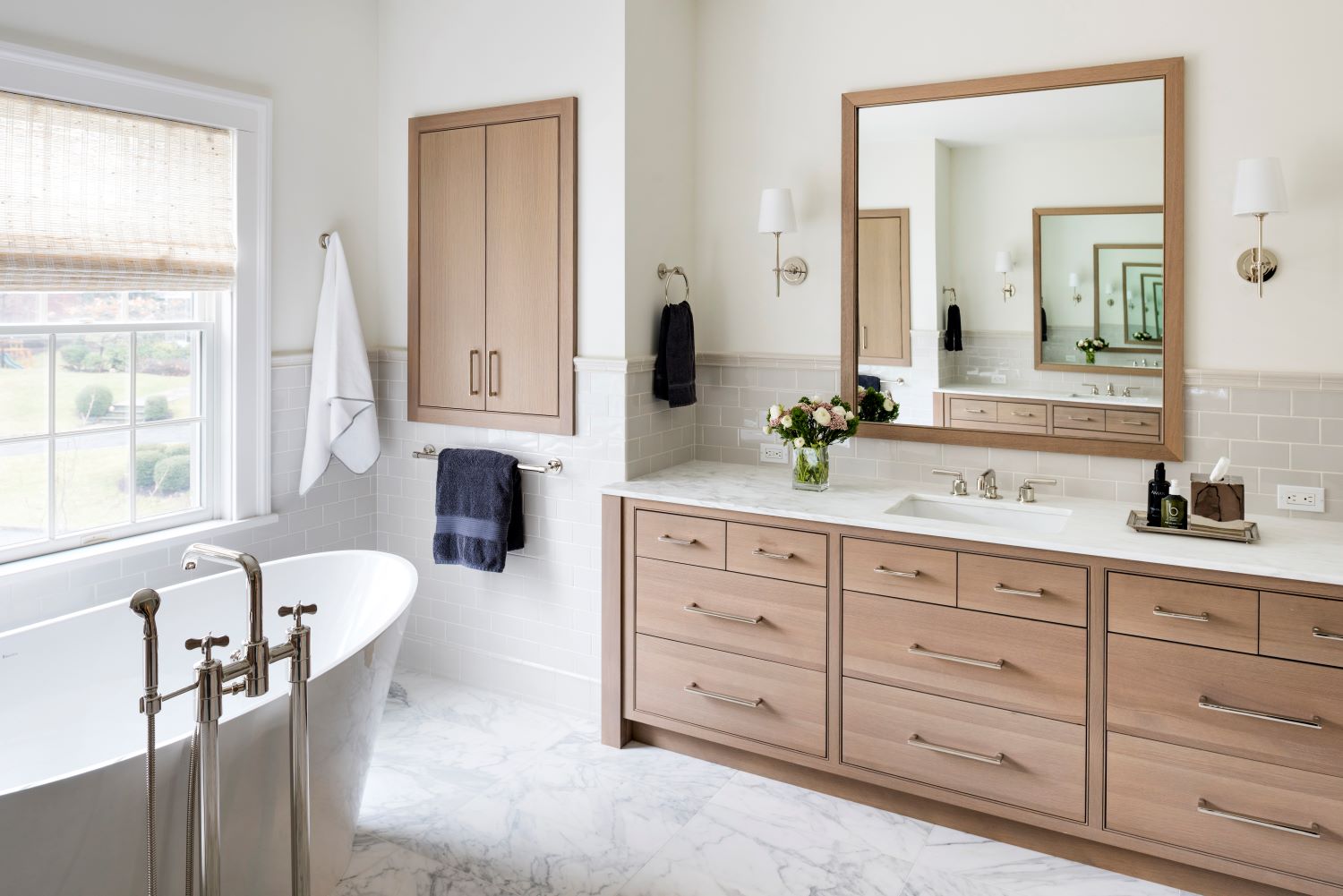
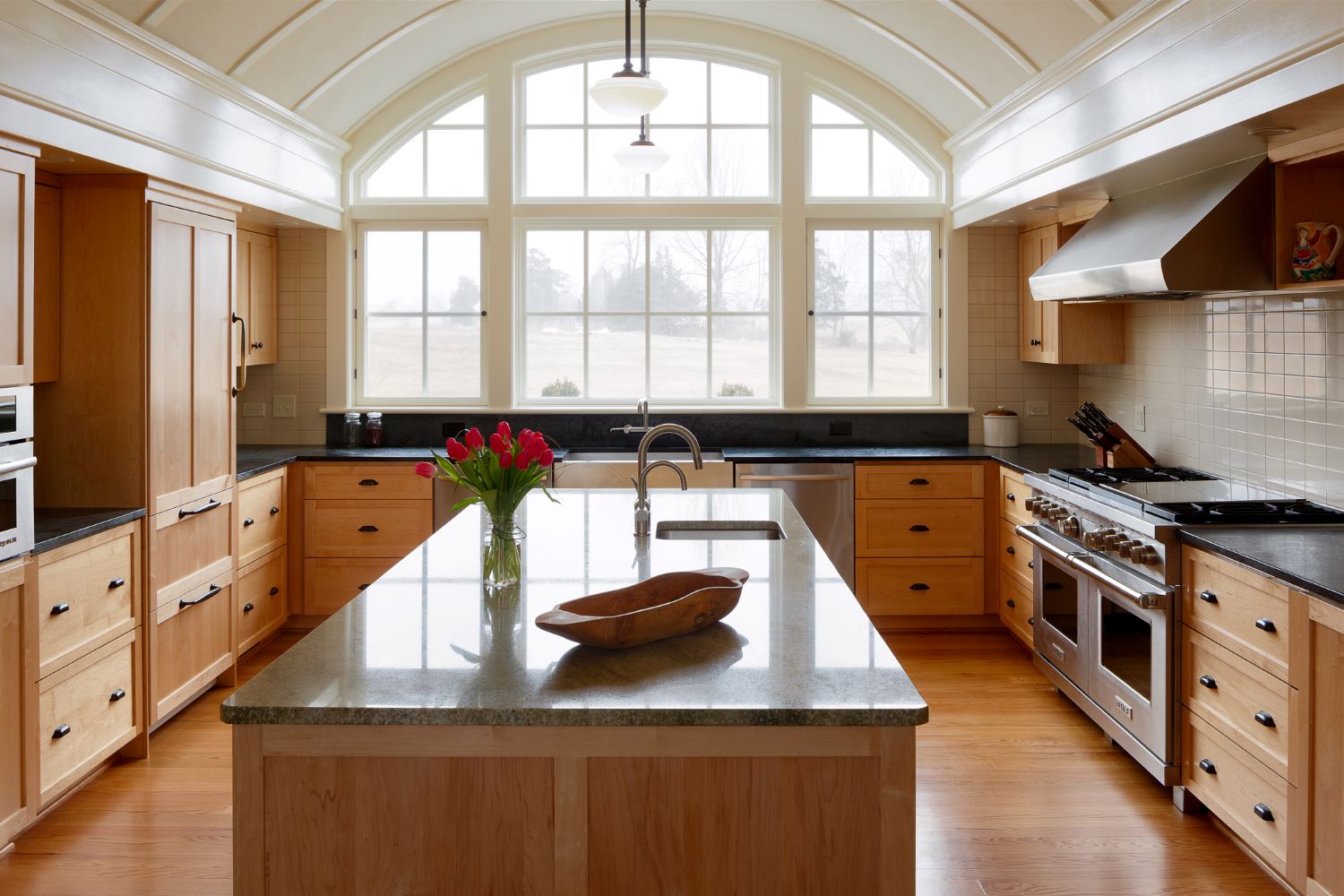
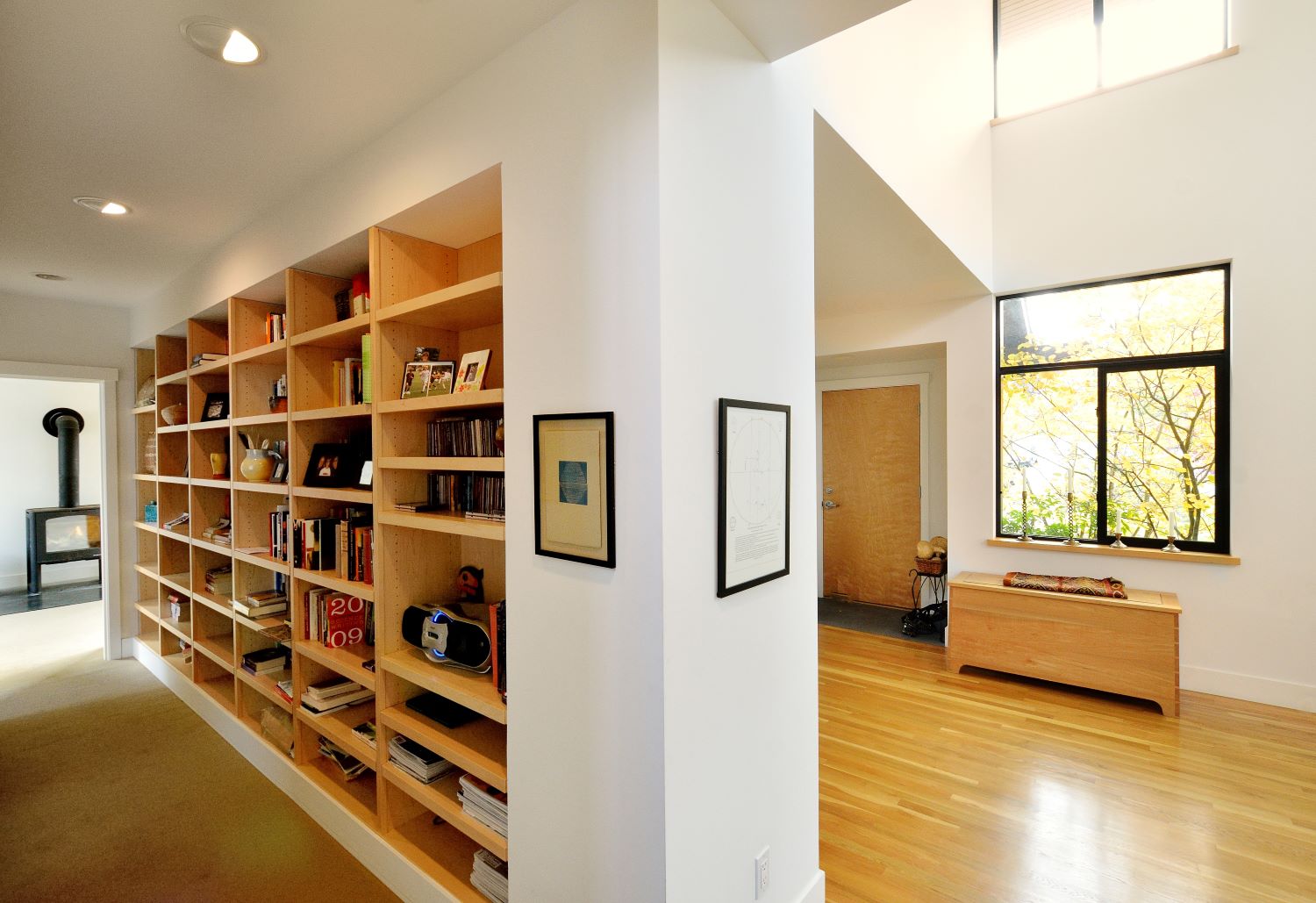
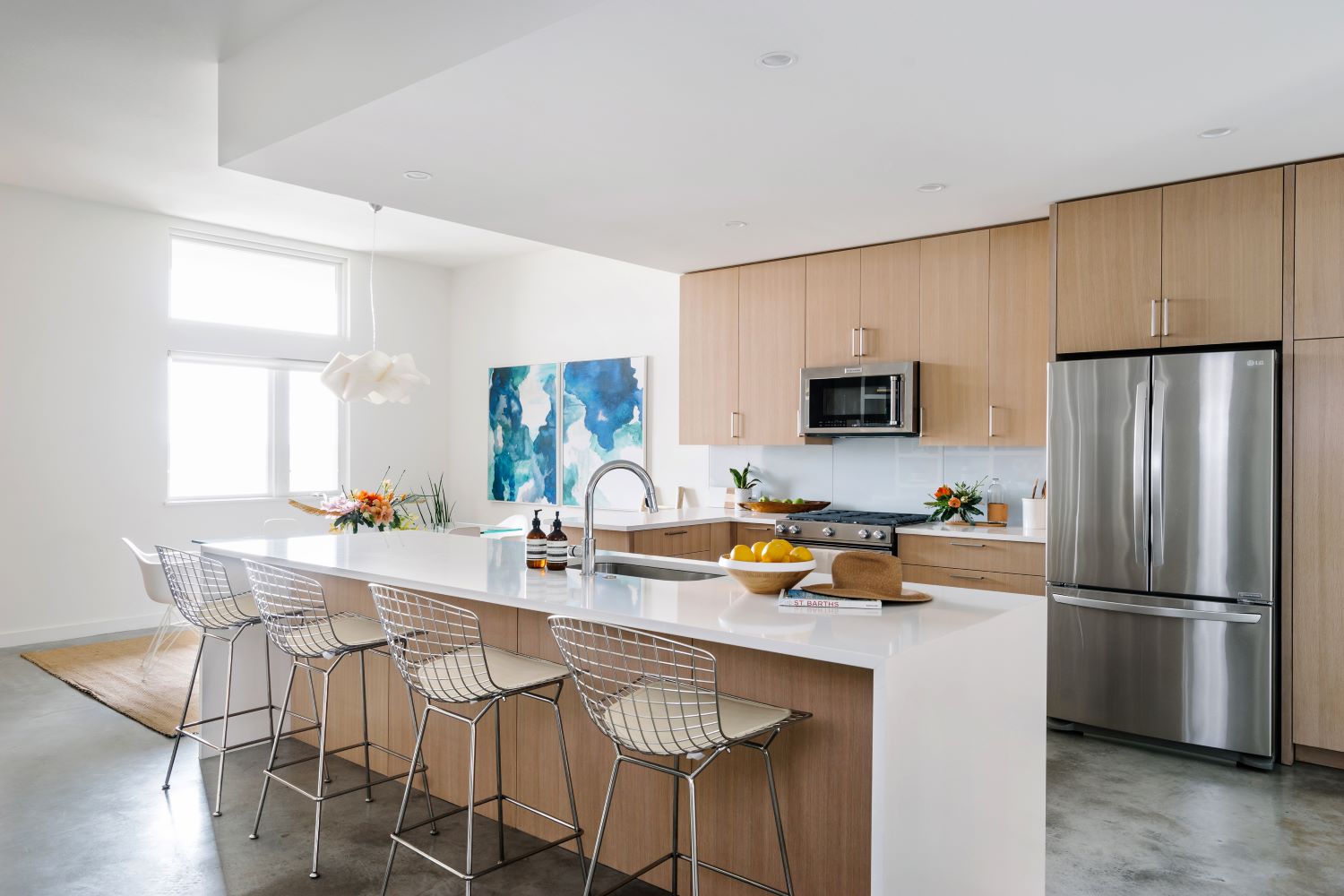
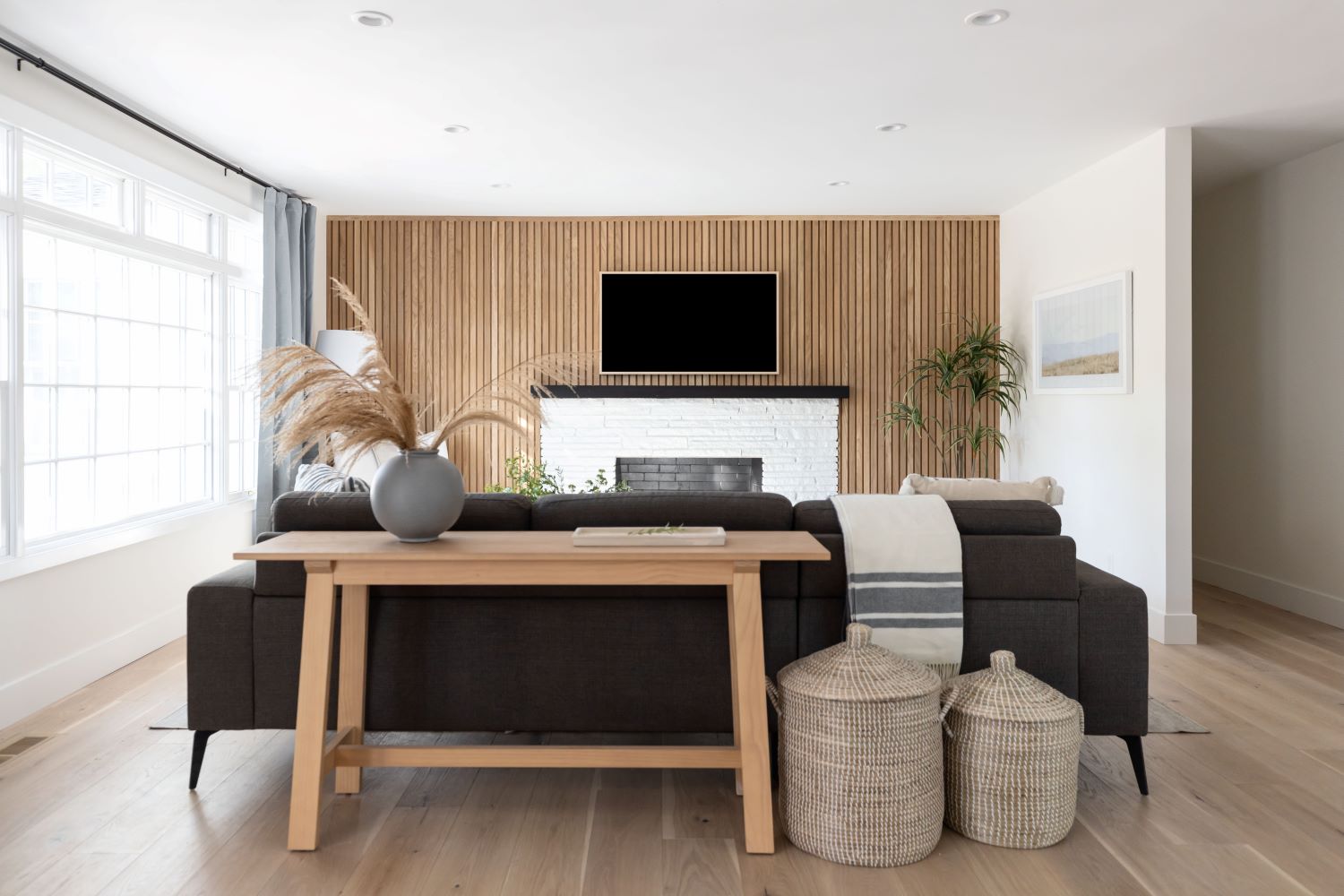

 - As Americans prepare to spend more cold cash to keep warm this winter, it’s more important than ever to learn how to leverage the benefits of The Inflation Reduction Act of 2022.
- As Americans prepare to spend more cold cash to keep warm this winter, it’s more important than ever to learn how to leverage the benefits of The Inflation Reduction Act of 2022.
 - Despite increased interest rates and inventory challenges, you can still be a homeowner this year.
- Despite increased interest rates and inventory challenges, you can still be a homeowner this year.
 - Spring and warmer weather means more time outside, and finding the right swing set for your yard is a great way to get your kids and their friends (parents, too!) energized and enjoying outdoor play.
- Spring and warmer weather means more time outside, and finding the right swing set for your yard is a great way to get your kids and their friends (parents, too!) energized and enjoying outdoor play.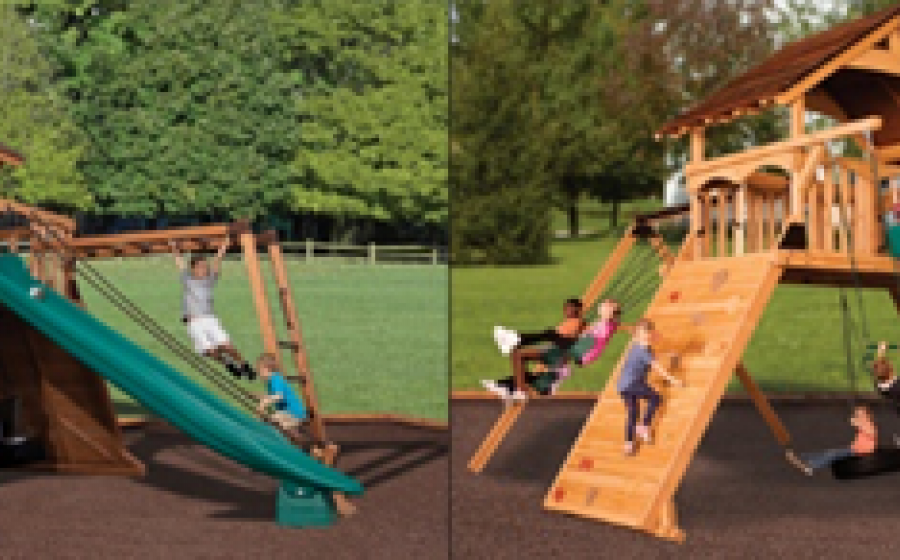
 - Spring and warmer weather means more time outside, and finding the right swing set for your yard is a great way to get your kids and their friends (parents, too!) energized and enjoying outdoor play.
- Spring and warmer weather means more time outside, and finding the right swing set for your yard is a great way to get your kids and their friends (parents, too!) energized and enjoying outdoor play. -
- 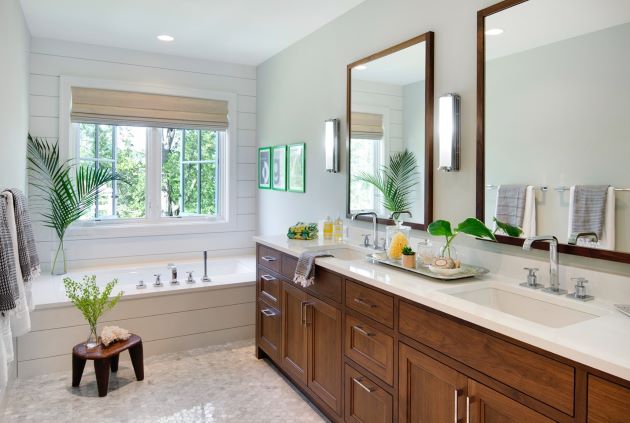
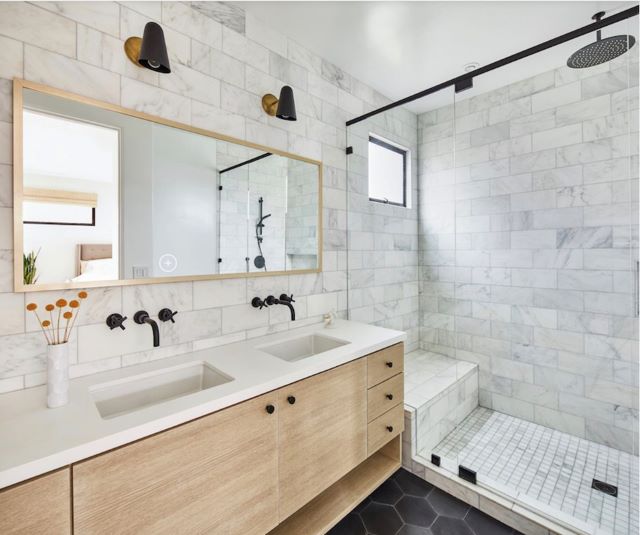
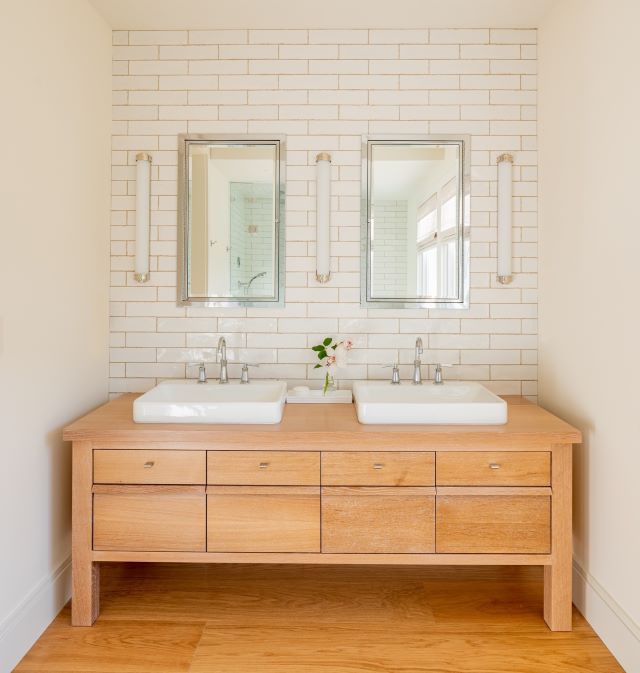

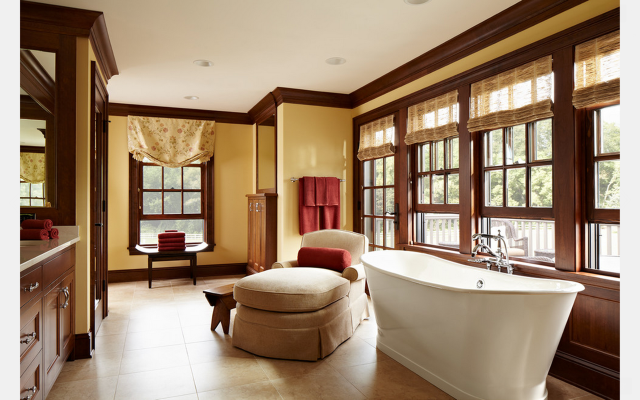
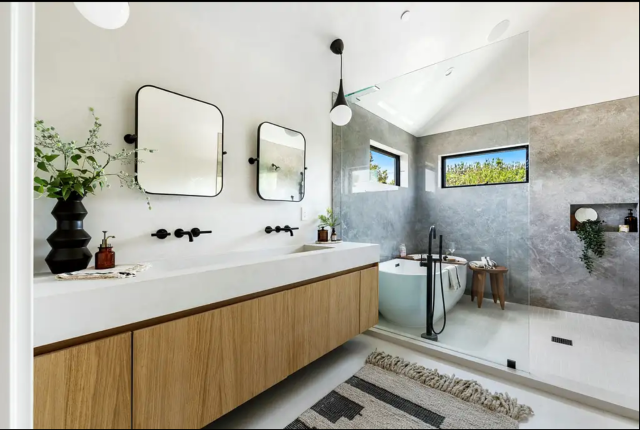
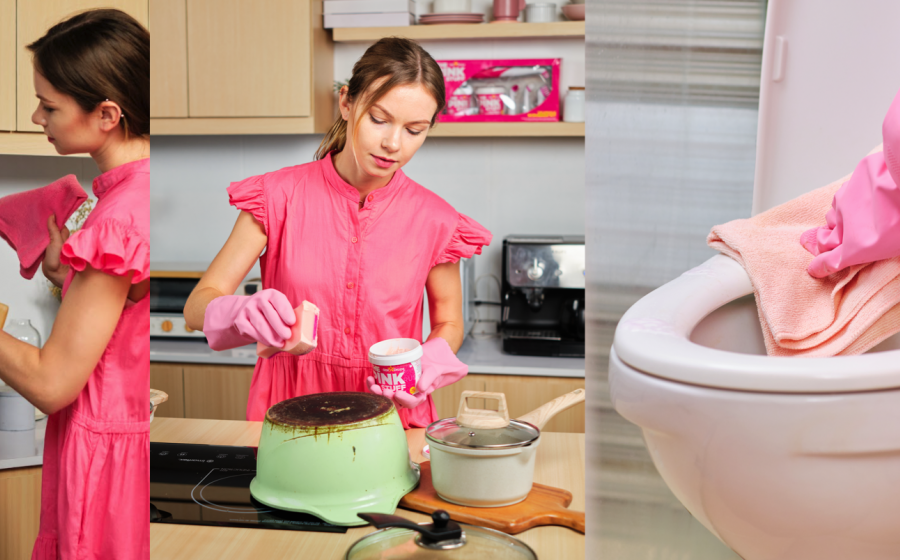
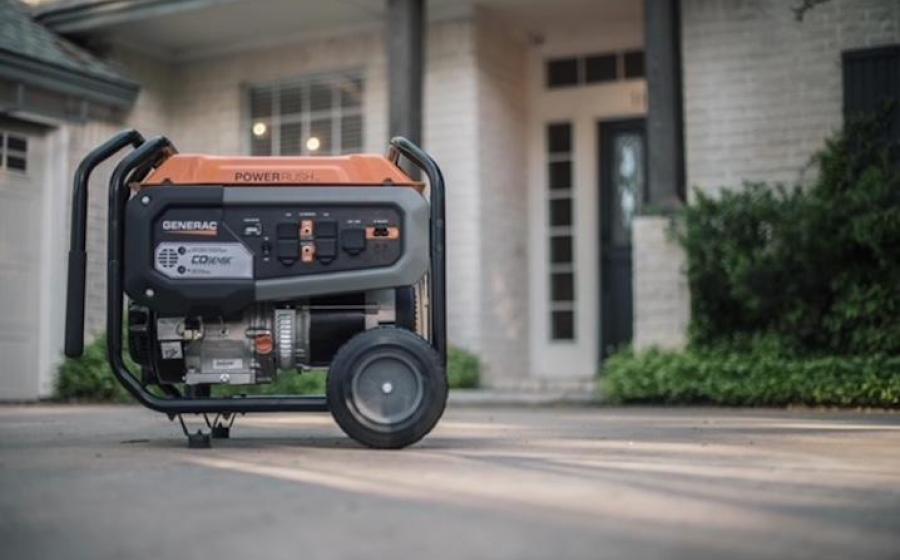
 - Inverter generators and portable battery stations are trending solutions for take-anywhere power. Small footprints, manageable weights, and simple charging or fueling options make both inverters and batteries an ideal solution for off-grid excursions, working where power is not available, or providing needed electricity during a power outage.
- Inverter generators and portable battery stations are trending solutions for take-anywhere power. Small footprints, manageable weights, and simple charging or fueling options make both inverters and batteries an ideal solution for off-grid excursions, working where power is not available, or providing needed electricity during a power outage.
 -
- 